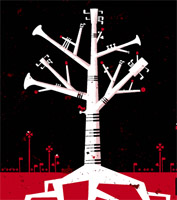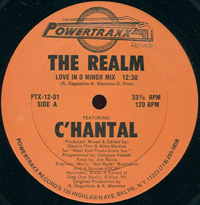Bernard Purdie
Last week I talked about Bernard Purdie’s song Soul Drums from 1968 which got sampled in Devil’s Haircut . The same track also got sampled in a Christmas track by Mansfield, entitled 2010.12.25 from 2000. Bernard Purdie is a session drummer who performed with people like James Brown, Aretha Franklin, BB King, Dizzy Gillespie, Miles Davis and Joe Cocker.
Sampled drum breaks from Bernard Purdie songs are also in popular demand. The block rockin’ beats in Block Rockin’ Beats (1997) by the Chemical Brothers came from Purdie’s Changes from 1972. Interestingly the song was sampled before by Zhigge in Rakin’in the Dough (1992), but it used a bassloop. Changes itself is a cover of Them Changes (1970) by Buddy Miles.
The Prodigy’s 3 Kilos (1994) samples Good Livin’ (Good Lovin’) (1972). The song 3 Kilos is on the album Music for the Jilted Generation. On the same album is Poison which contains a bunch of drum samples, one of them being Bernard Purdie’s Heavy Soul Singer (1972). The same sample can be heard faintly in the back ground on Massive Attack’s Mezzanine (1998).
I mentioned Beck already, but his album Odelay contains another track, Hotwax, that samples Song for Aretha (1971) also by Bernard Purdie. Pepe Deluxe used the same sample in Lying Peacefully (2003).
To top it off, Bernard Purdie himself ‘sampled’ too. His 1971 track Funky Mozart borrows the basics from Symphony #40 in G Minor by Mozart from 1788. That’s some old funky stuff.
My personal favourite that contains a Purdie sample? Block Rockin’ Beats obviously:
Like this? Buy me a drink!



